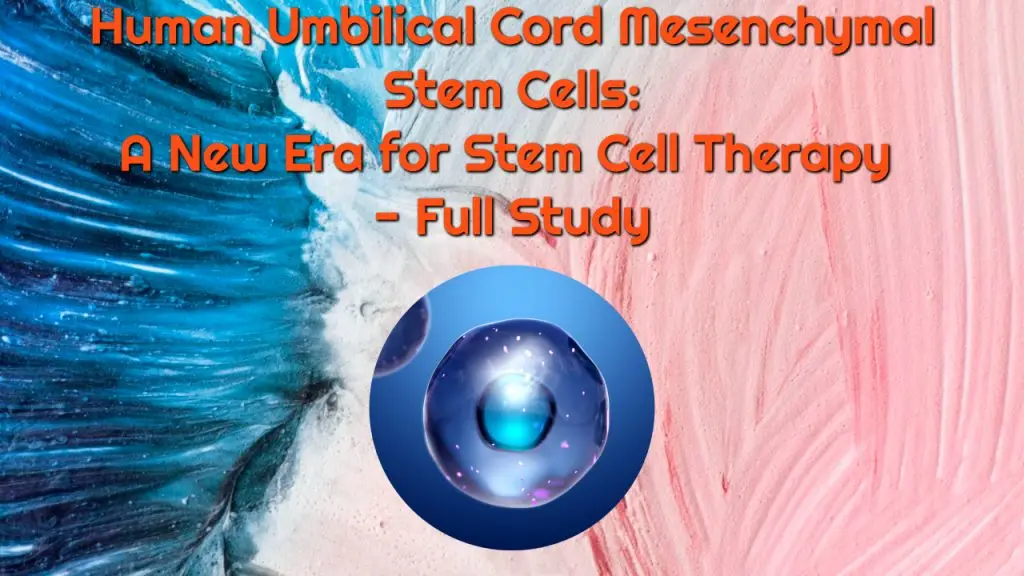Human Umbilical Cord Mesenchymal Stem Cells: A New Era for Stem Cell Therapy Intro:
Mesenchymal stem cells (MSCs) are attractive cells due to their capacity for proliferation, multilineage differentiation, and immunomodulatory properties. These cells
were first identified and isolated from bone marrow (BMMSCs) and have since emerged as important components in regeneration therapy (53). However, the process of
isolating MSCs from bone marrow is complex and painful. As such, derived stem cells from dumped fetal tissue
are preferred (9–11). Embryonic stem cells (ESCs) can differentiate into almost all tissues in the human body and are thus labeled as
pluripotent. Recently, induced pluripotent stem cells (iPSCs) have been developed (76) and have pluripotent properties
like ESCs. Pluripotency is defined as the ability of these cells to produce tissues from all three germ layers (ectoderm,
mesoderm, and endoderm) when transplanted into immunodeficient mice. However, the use of ESCs generated from
surplus embryos has raised ethical concerns. Moreover, the clinical applications of iPSCs have been criticized
because of the possibility of forming tumors by integrated oncogenes, particularly c-myc (51), by insertional mutagenesis (28), or by disrupting tumor suppressor genes (3).
Epigenetic memories and genomic aberrations in the reprogrammed cells have also been noted (26). Thus, in the
manufacturing of ESCs or iPSCs for clinical applications, precautions regarding safety and efficacy need to be taken.
Finding another useful source of stem cells is imperative.
Recently, two papers have drawn attention to the socalled vampire therapy (63,70). They used blood from young mice and transplanted it into old mice. The young
stem cells in the blood can help the aged mice recover their muscle and neuron functions. The growth differentiation factor 11 (GDF11) and cAMP response element binding protein (CREB) were shown to be responsible for this effect.
Human Umbilical Cord Mesenchymal Stem Cells: A New Era for Stem Cell Therapy Conclusions:
The use of HUCMSCs has many attractive advantages, including a noninvasive collection procedure, low risk of infection, nontumorigenesis, multipotency, and low immunogenicity. But whether HUCMSCs are the best for clinical use is not yet known. Nevertheless, the era of clinical use of HUCMSCs has arrived and has full potential.
ACKNOWLEDGMENTS: The authors sincerely thank the National Science Council of the Republic of China, Taiwan,
for financially supporting this research (Contract No. NSC 98-2314-B-303 -009 -MY3) and the Buddhist Tzu Chi General
Hospital for the financial support (Contract Nos. TCRD99-12 and TCSP98-07). The authors declare no conflicts of interest
Human Umbilical Cord Mesenchymal Stem Cells: A New Era for Stem Cell Therapy – Full Study
Human-Umbilical-Cord-Mesenchymal-Stem-Cells-A-new-era-for-stem-cell-therapy